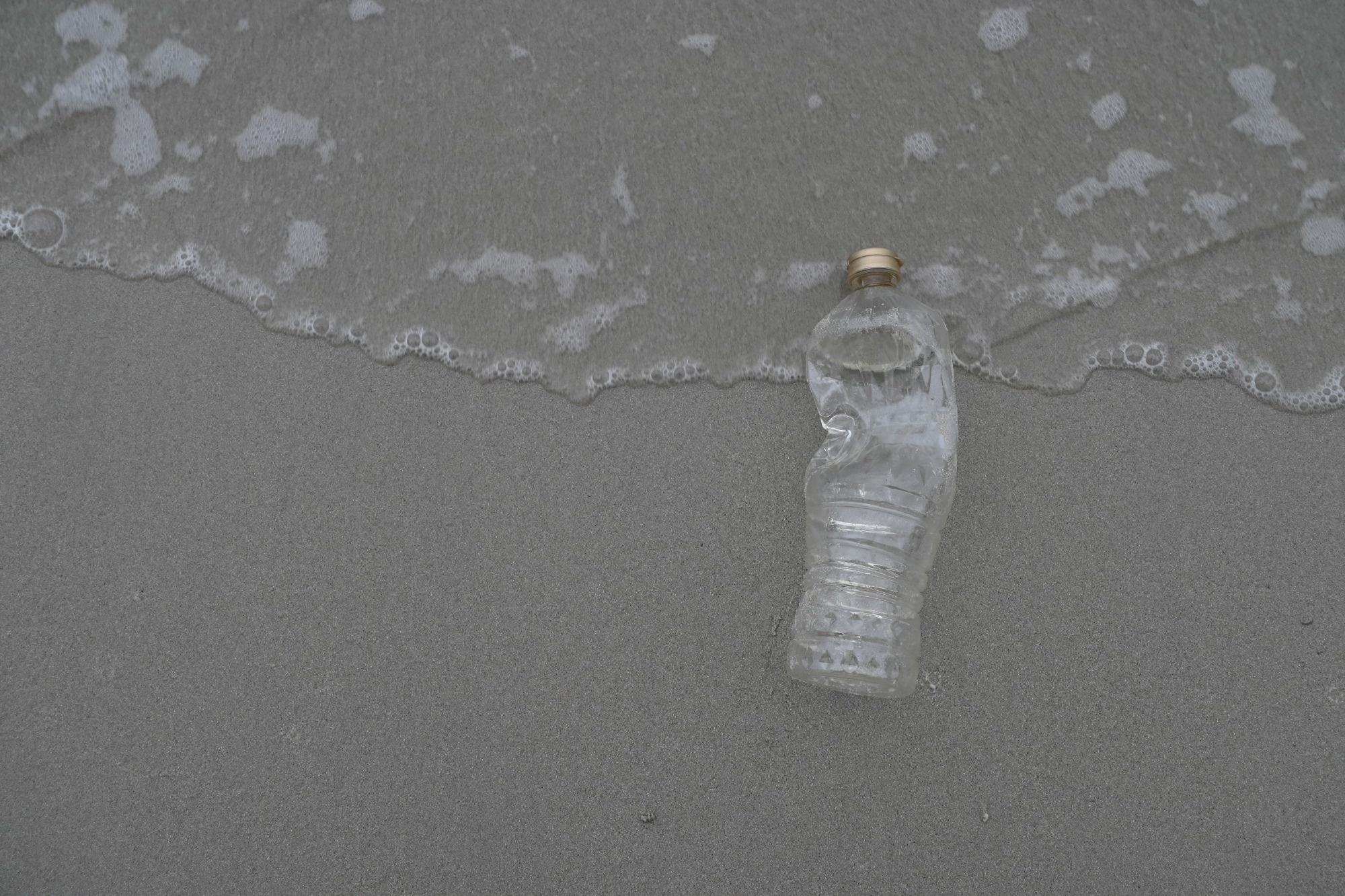A study on recycling marine debris and other degraded plastics

Image credit: 1st footage/Shutterstock.com
This video discusses a study that explored the possibility of recycling marine plastic waste into new plastic materials. Researchers gathered and studied plastic debris from Kuwait Bay, which included polypropylene (PP) from rice bags, polyamide (PA) from fishing nets, and polyethylene (PE) from plastic bags.
Twin Screw Extrusion Advancing Plastic Waste Recycling Research
Video Credit: Thermo Fisher Scientific – Materials Characterization
The marine debris was cleaned, processed, and physically recycled using twin-screw compounding to produce a new product made up of 30 % marine plastic trash and 70 % virgin polyethylene.
The Thermo Scientific™ Process™ 11 Twin-screw Extruder, along with the online Thermo Scientific™ Marq Metrix™ All-In-One Process Raman Analyzer, enabled the researchers to deal with limited materials and swiftly obtain the necessary spectra.
The researchers used the Thermo Scientific™ Antaris™ II FT-NIR Analyzer to confirm polymer types, while thermogravimetric analysis (TGA), differential scanning calorimetry (DSC), tensile stress measurements, and Thermo Scientific™ Scanning Electron Microscopy (SEM) analyzed thermal stability, crystallization behavior, tensile properties, and morphology.
The study’s findings focus on the physical and thermal qualities of recycled blends, comparing them to market-grade virgin plastics. This study presents the plausibility of recycling and repurposing marine plastic debris, opening the path for future environmental and industrial applications.
The study’s approach is applicable to all types of plastic waste, particularly when the material has been subjected to temperature changes, UV radiation degradation, or exposure to other chemicals. In the video, Dr. Annika Voelp addresses the possibilities of expanding research to large-scale extruders.
Study reference: Voelp, A. R., et al. "Macro Marine Plastic Debris Recycling." Industrial & Engineering Chemistry Research (2025)

This information has been sourced, reviewed, and adapted from materials provided by Thermo Fisher Scientific – Materials Characterization.
For more information on this source, please visit Thermo Fisher Scientific – Materials Characterization.